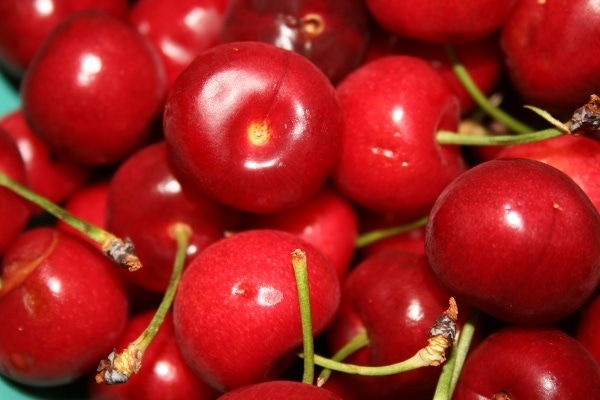January 22, 2015

Researchers work with insects all the time but that doesn’t mean they like them. Now they’re finding ways to lure them to death by introducing favorite aromas.
It’s a little like aroma therapy turned upside down.
The principle is not new - just expanded. The insect police have been using aromatic sex attractants to lure females to sterilized males for years. Mating produces nothing but frustration and an immediate reduction in the insect population.
Crops that the insects fed on recover from those attacks and thrive.
In a new development in aroma technology, U. S. Department of Agriculture (USDA) researchers have isolated four different chemicals from wine and vinegar that attract spotted wing drosophila (SWD) fruit flies. The aroma-producing chemicals have been combined with a pesticide lethal to the flies.
Although SWD is practically a universal pest wherever fruits and some vegetables are produced and handled, growers of cherries, berries, grapes, and other crops in Washington State are especially concerned about it.
The pest lays its eggs beneath the surface of the fruit, leading to larval feeding that softens, bruises, and wrinkles tissue making the fruit unmarketable.
Another pest – codling moth – is all too familiar to California growers of apples, pears, and walnuts. It is also a target of the aromatic pursuits of USDA researchers. The pest holes up inside the fruit or nut it chooses - feeds and grows - creating an ugly cavity impossible to ignore.
Pesticide applications to control codling moth are standard for growers of the susceptible crops, but they can be hit or miss. The aromatic applications attract the pest in numbers so that pesticides can be applied more effectively as the pests gather.
Pear ester is a major aromatic attractant. Researchers have found that combining it with a sex pheromone and ascetic acid can attract up to 10 times the number of moths to their ultimate destiny as if the ester is used alone.
Fermenting molasses
Extending the outreach beyond fruit and nut producers, other USDA researchers found that the stench of fermenting molasses is irresistible to wasps, hornets, and yellow jackets, and sometimes paper wasps.
Working with a Spokane, Wash. firm that produces insect traps, they developed one with two compartments since some pests are attracted to one and others to another. In either case, they drown or die from dehydration in the trap.
Apparently the odors can be applied at strengths attractive to the pests without being offensive to humans. This would be especially significant in the case of rotting molasses.
Other than a few natural fragrances like baking bread, trees, plants in bloom, and ocean breezes, humans seem more inclined to remark about and avoid the unpleasant odors threatening their environments.
Maybe the insects too are repelled by odors unpleasant to them, but their strong reaction is to those they like.
If the end result was not so dire for the insects attracted by the aromacides, we might draw a parallel as a life guide, something stronger than ‘stop and smell the roses.’
Of course, the producers of all those good smelling perfumes, colognes, toilet waters, and any number of deodorants, powders, and sprays know all about their attractiveness.
I guess it’s up to us to follow a scent trail that leads to something or somebody that is at least less than lethal.
Good luck.
You May Also Like




